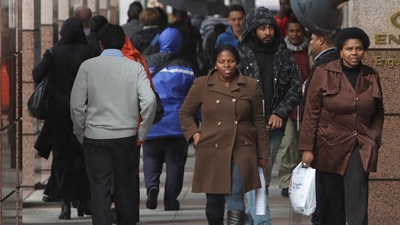The greatest challenge that Malawi’s fast-growing capital city, Lilongwe, faces right now is its lack of sustainable infrastructure, says Yassin Mwachande, the city’s chief commercial officer. “If we can fix that, it will be the gateway to a better city. I need to see a light at the end of the tunnel,” he says. “If we in Lilongwe learn from other cities how they became creditworthy and sourced financing for their projects, then I can design the solution for my city.”
Like Lilongwe, many of the world’s municipal governments are struggling to keep up with the infrastructure and service needs of their growing cities. And many cities in the developing world, like Lilongwe, cannot access capital markets to source the necessary financing for sustainable infrastructure.
The World Bank estimates that over $700 billion a year is needed to finance urban infrastructure in low- and middle-income countries. As cities grow, municipal governments need to broaden and deepen sources of financing, moving beyond traditional public funding to access much larger private pools of savings, particularly in domestic capital markets.
For most cities, achieving this access at scale and at reasonable cost will require sustained and disciplined attention to policies and practices underpinning their creditworthiness. An analysis by World Bank staff found that only a small percentage of the 500 largest cities in developing countries are deemed creditworthy – about 4 percent in international financial markets and 20 percent in local markets.
To help the developing world’s cities plan and access financing for low-carbon and resilient development, World Bank President Jim Yong Kim launched the Low-Carbon, Livable Cities Initiative.
In October, the World Bank and its partners convened the first City Creditworthiness Training Program for African Cities. Yassin Mwachande and 54 fellow senior municipal administrators from 10 African countries gathered in Nairobi for a five-day creditworthiness training event, which will be followed by longer-term comprehensive capacity and institution building.


